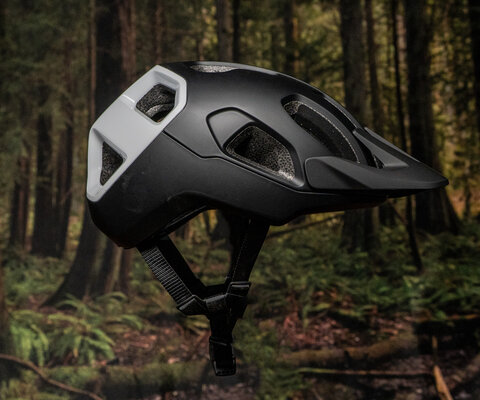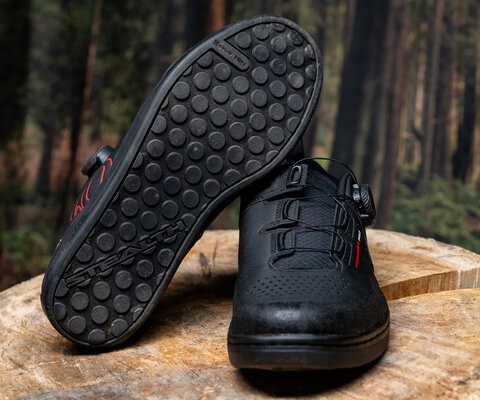
Shimano XTR M9220 Brakes Component Review
Words and Photos by Cy Whitling
New fluid, a new profile, and less noise.
The big news today is that Shimano’s new XTR drivetrain doesn’t have any wires or cables. But, the Japanese giant also released new XTR brakes, that have enough going on that they deserve their own article.
The quick hits version is that the new XTR M9220 brakes use a new fluid, a new lever architecture, and new pad design in an effort to be more consistent and quiet over a wide range of riding conditions. They’re the Shimano brakes you know and love, without the frustrating parts. And yes, they use a new lower viscosity mineral oil.
Shimano XTR Brake Overview
- Pistons: Two or four
- Weight (front brake, no rotors): 281 g
- Models Available: M9220 Enduro levers and calipers, or M9200 XC levers and calipers
- Fluid: Shimano Low Viscosity Oil
- MSRP: $330 for one lever, caliper, and set of metallic pads
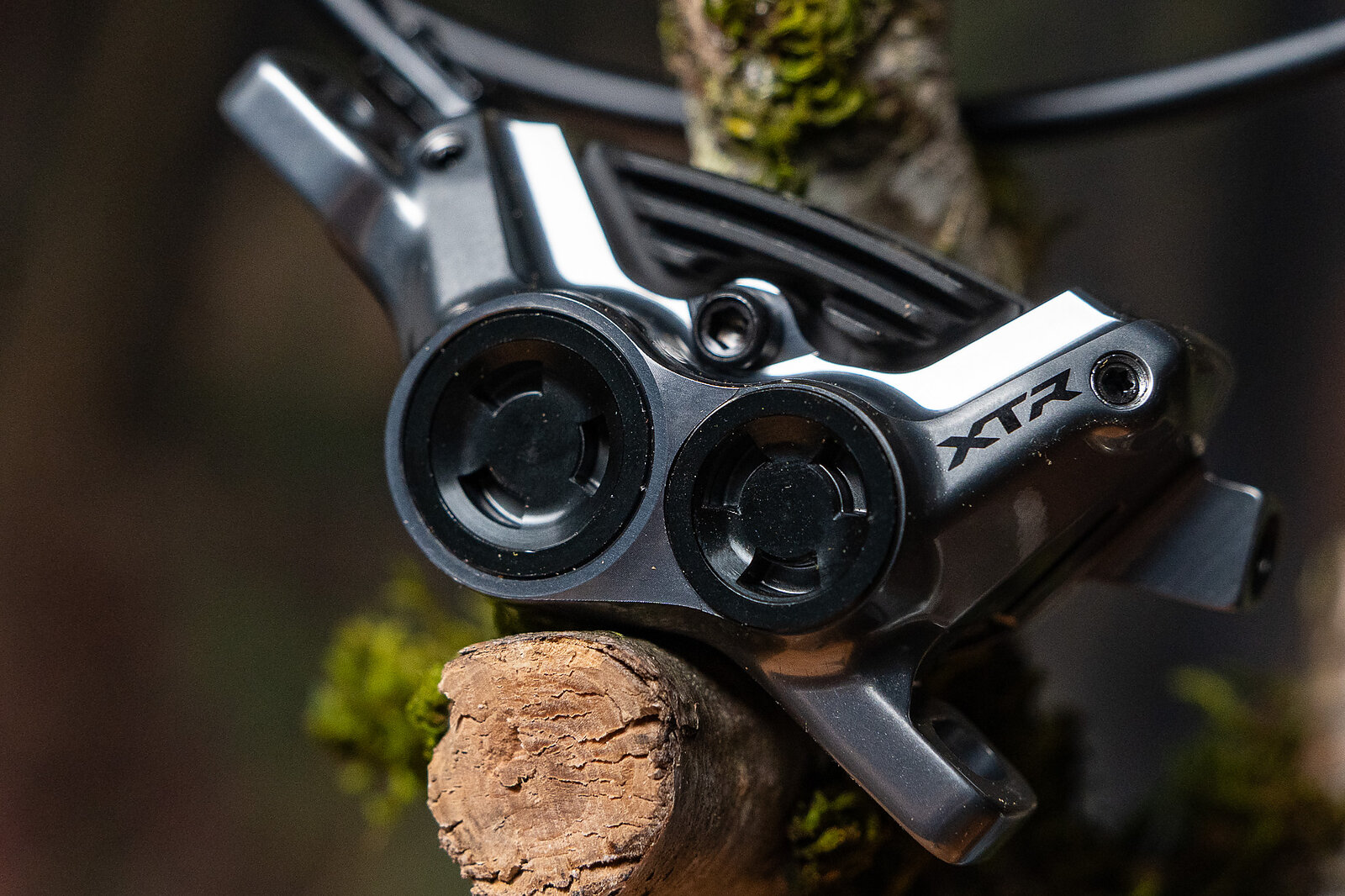
What’s new with the XTR M9220 brakes?
This is not a subtly-tweaked brake, it's a ground-up redesign. Instead of having the lever push the piston through the master cylinder, it now pulls it. This enables a completely different lever architecture, with a repositioned main pivot, new parallel hose routing, and more.
That main pivot is now five millimeters closer to the bar, which Shimano says combines with the new lever design for a more natural and ergonomic experience. Those levers are now angled five degrees up from parallel with the bar—Shimano says its Skunk Development Team (a private crew of product testers) found that this puts your fingers in a more natural position when descending.
The lever reach adjustment dial is now housed inside the lever, where it should be less susceptible to impacts. The new brakes still have a small free stroke screw, and yes, it still has a barely-perceptible impact on brake feel.
The hoses now exit the lever body parallel to the bars, and close to them, similar to SRAM’s Maven brakes. Apparently, while North American riders are still strongly anti-headset-hose-routing, our European friends demand it, so this routing strikes a nice middle ground that works for either.
Inside those hoses, there’s a new, lower-viscosity fluid. It’s still mineral oil, and it’s not radically different from existing Shimano oil, but the brand says that it allows for new seals with a spring rate, that when matched with the fluid is more stable and consistent at a variety of temperatures which should keep the bite point from wandering.
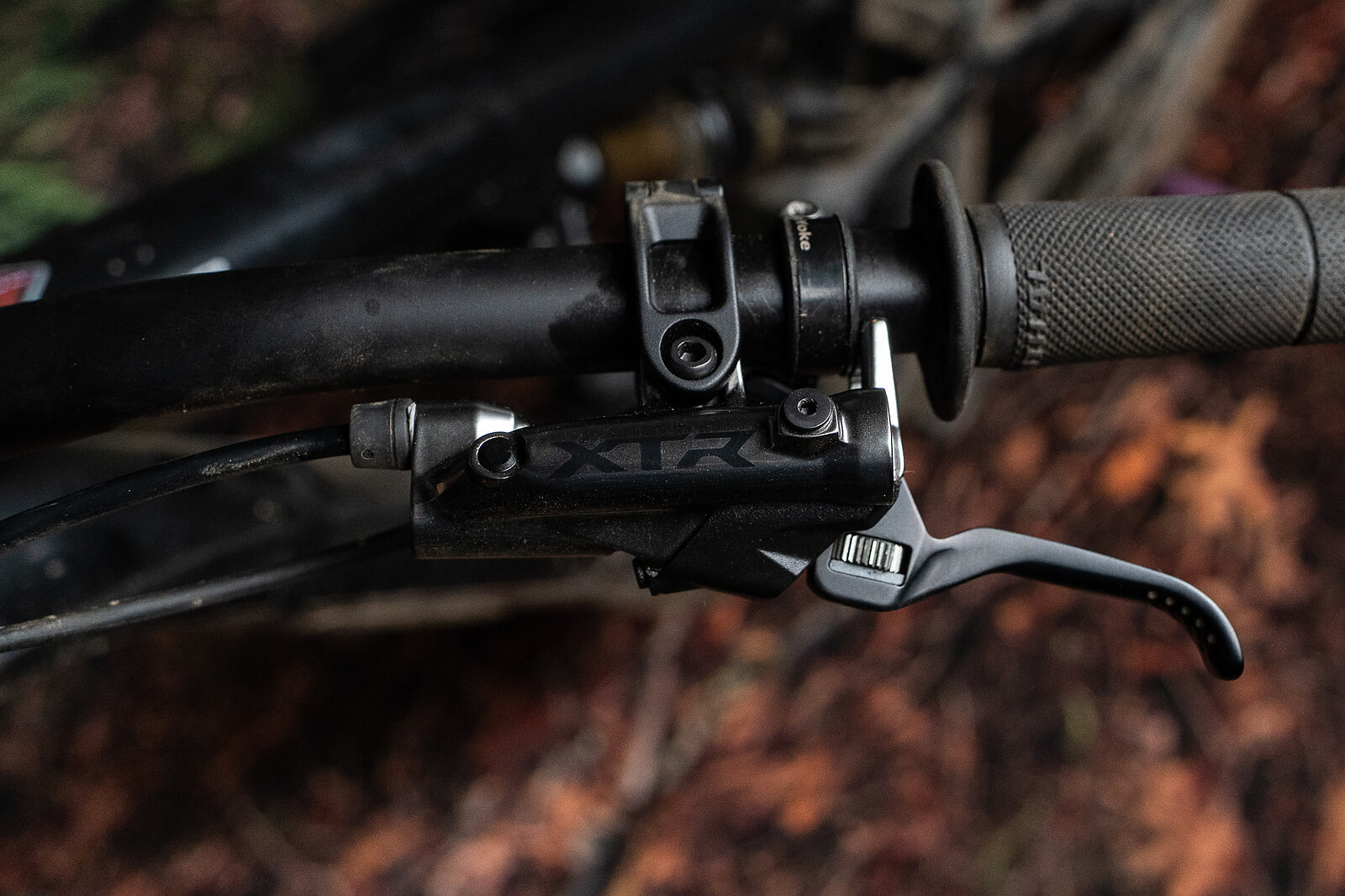
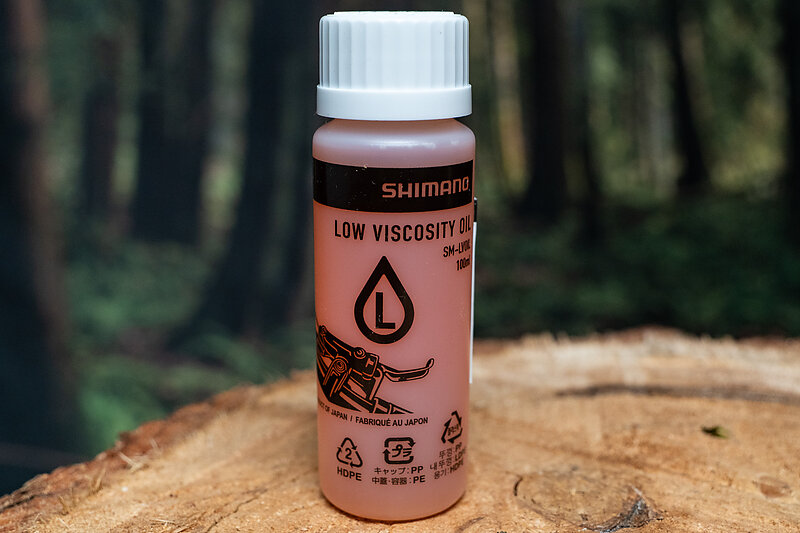

You cannot run the old fluid in these new brakes, or the new fluid in old brakes, but small amounts of cross-contamination are fine. You can use the same bleed kit for both, just wipe it out between, and if you accidentally fill a brake with the wrong oil, you can simply flush it and refill.
At the caliper end, there are not as many visual differences, but Shimano says they’ve focused on removing inefficiencies in the system. The ratio between lever and caliper piston size isn’t different, instead Shimano set out to create more power by making all the parts run smoother, and thus waste less of your input force. The new seals, a new bearing in the main pivot, and a stiffer caliper all should combine to make for a slightly more powerful brake.
The big, very welcome change here is in the pads, and yes, these new pads are backwards compatible. If you’ve ever run Shimano finned pads, you’re familiar with their rattle, and are hopefully familiar with all the little hacks you can employ to eliminate it. Shimano says that after taking a deep dive into this issue, they found that it was caused by the hole in the pads rattling against the retaining pin, and that they could fix it by changing the shape of the hole. The new hole is a squished oval that’s wider than it is tall. This cuts down on the lateral play that causes all that noise, since the pads can now float over the pin. This, combined with a slightly more snug pad fit, should make them drastically quieter.
Shimano is being quite explicit that these are cross-country, trail, and enduro brakes. These aren’t downhill brakes, even though we may see some downhill athletes choose to run them, which makes me hopeful for a new Saint group soon.

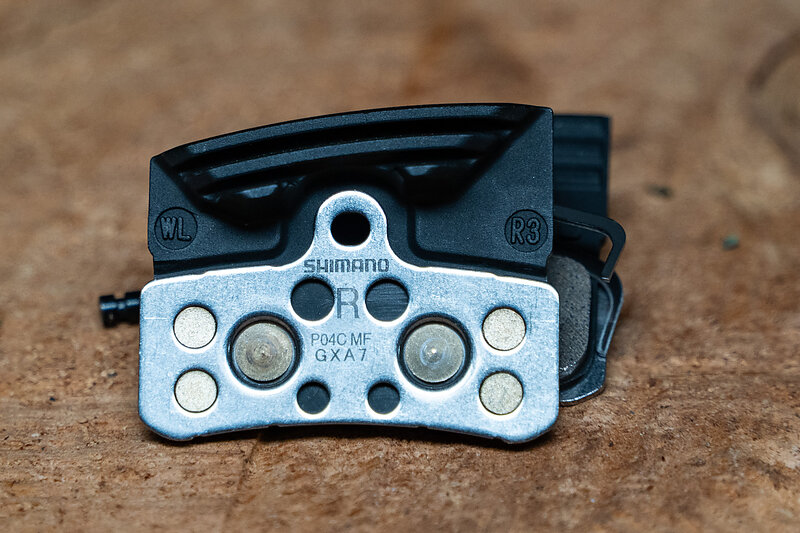
XTR Brake Options
Shimano is offering two permutations of the XTR lever and caliper. The M9220 series is the four-piston enduro offering, and the M9200 series is the two-piston cross-country version. The M9220 brakes I’ve been testing get all the new features and design elements, while the racy M9200 gets new seals and fluid, but otherwise stays the same. It turns out that there’s not that much more weight to be shaved, or power to be gained in a minimalist cross-country brake.
But, Shimano is offering a combination of the M9220 lever, with the M9200 caliper. They say that it’s easier and lighter to add power at the lever than the caliper, so if you want something to compete with other brands’ four-piston cross-country brakes, this is the combination of choice. This combination weighs a claimed 239 grams for a lever, hose,pads, and caliper, which compares favorably to the 264 grams that a Motive assembly weighs.
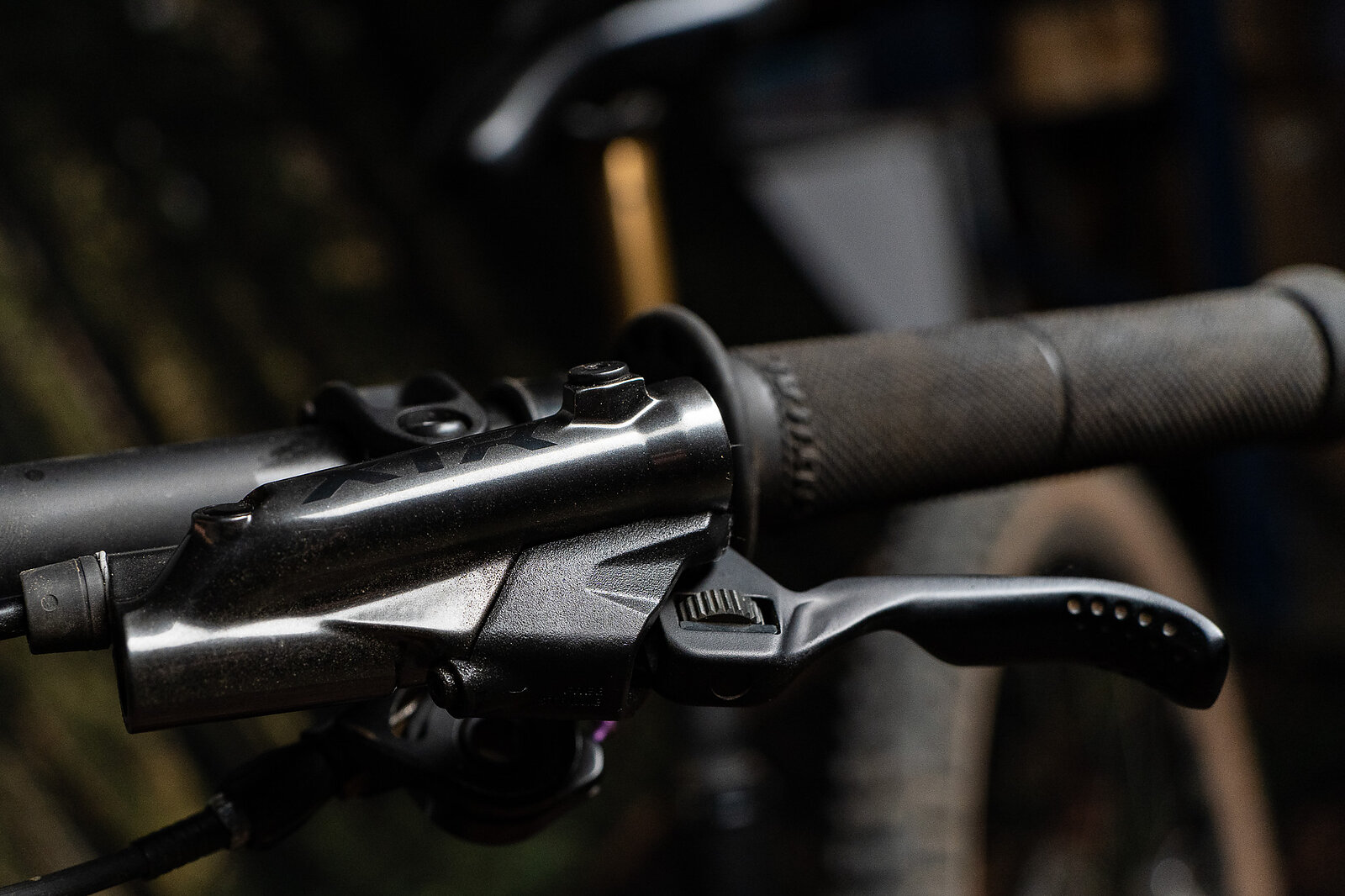
XTR Brake Setup
These are Shimano brakes, and their setup and bleed procedure will be familiar to anyone who’s set up Shimano brakes before. Read the instructions, use the right fluid, party on.
Shimano sent along their TL-BH62 tool for cutting hoses and pressing barbs. It’s chunky, complicated, and pretty cool. Definitely read the manual before you start messing with it though, I didn’t find it to be particularly intuitive, but it works very well if you use it correctly, and it’s a big upgrade over clamping the hose between easy-to-drop blocks and trying to jam the barb in.
With the lines routed, brakes bled, and pads installed, I dialed in my lever reach, and messed around with the contact adjustment. It’s still not as impactful of an adjustment as that found on SRAM brakes, but it does have more of an impact than previous Shimano options.
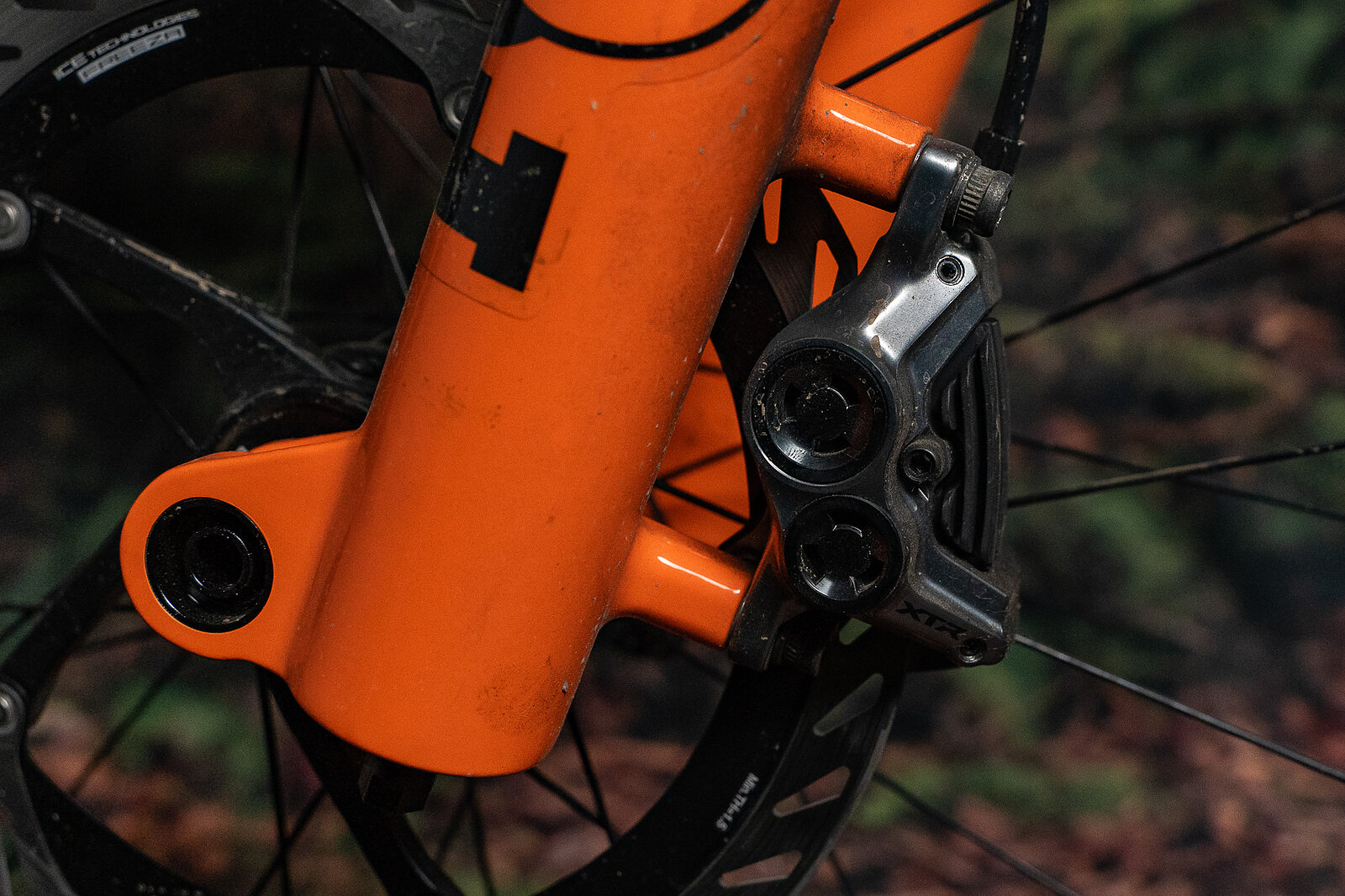
XTR Brake Performance
Once the pads and rotors are bedded in, these brakes feel very “Shimano;” they're not quite as sharp and on/off as a Saint or Hayes Dominion, but they have more initial bite than SRAM’s Code or Motive brakes.
They bite nicely, but that bite is easy to modulate. It took me a few rides to get used to the lever ergonomics, that 5-degree upsweep on the lever makes more of a difference than you might expect, but I never had any issues with controling my braking power or traction.
For the last year, my personal bikes have had either Hayes Dominions or SRAM Mavens installed on them. Both of those options deliver a lot of power right out the gate, I’m not moving my finger very much to get my wheels to lock up. I’ve adapted to that, and come to appreciate it, but this style of braking is not for everyone. The new XTR brakes instead strike a nice middle ground. There’s never that “Hawt damn, now we’re BRAKING” feeling that I get with the above options, instead they disappear a little more. Their power ramps up more through the stroke, and the harder I’m riding, the harder they brake. All that to say, these new XTR brakes feel like old XTR brakes at their best.

And compared to old XTR brakes at their worst? These are much better. I’ve tried a lot of bleeding hacks on Shimano brakes to eliminate the wandering bite point, and avoid having to pump them up, but have never quite been 100-percent successful. With these brakes, once I got a good bleed, it stayed good. No pulling to the bar when I take the bike off a vertical rack, no “oh crap!” moments on longer descents. It’s still early days, but so far I’m optimistic about the performance and longevity of these brakes.
I’m excited to put these through their paces on some bigger days this summer and will report back with my experiences.
Finally, the pad rattle. It’s gone, I think. The Stumpjumper these brakes are mounted on isn’t the quietest bike, and I’m getting a little chainslap and drivetrain noise that might be drowning out pad rattle but, as far as I can tell, the new hole shape works.
That’s a welcome upgrade, made even more sweet by the backward-compatibility of these pads. Grab a set of the new ones next time you wear out your pads, and quiet down your existing brakes.
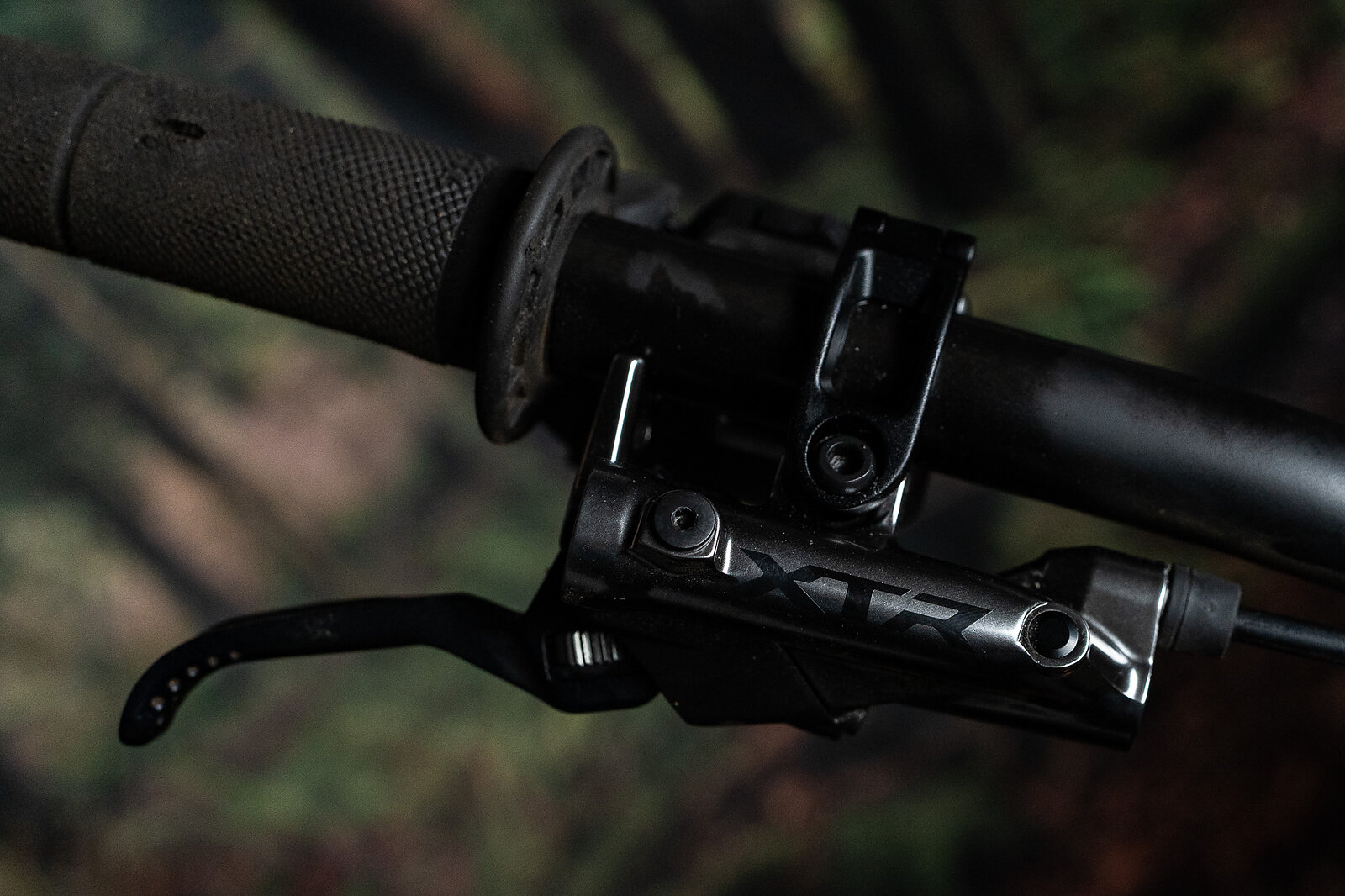
For Now
Shimano made sweeping changes to its XTR brakes. The end result is a brake that looks different and incorporates a lot of nice little tweaks that all add up to the platonic ideal of what a Shimano brake should feel like. This isn’t some “new paradigm” in braking, instead it’s improvements that live up to the promise that Shimano brakes have always made. That means it should be a smooth transition for existing Shimano brake lovers and new converts alike.
I’m excited to burn through a few sets of pads on these and report back on their long-term durability.
Learn More: bike.shimano.com

